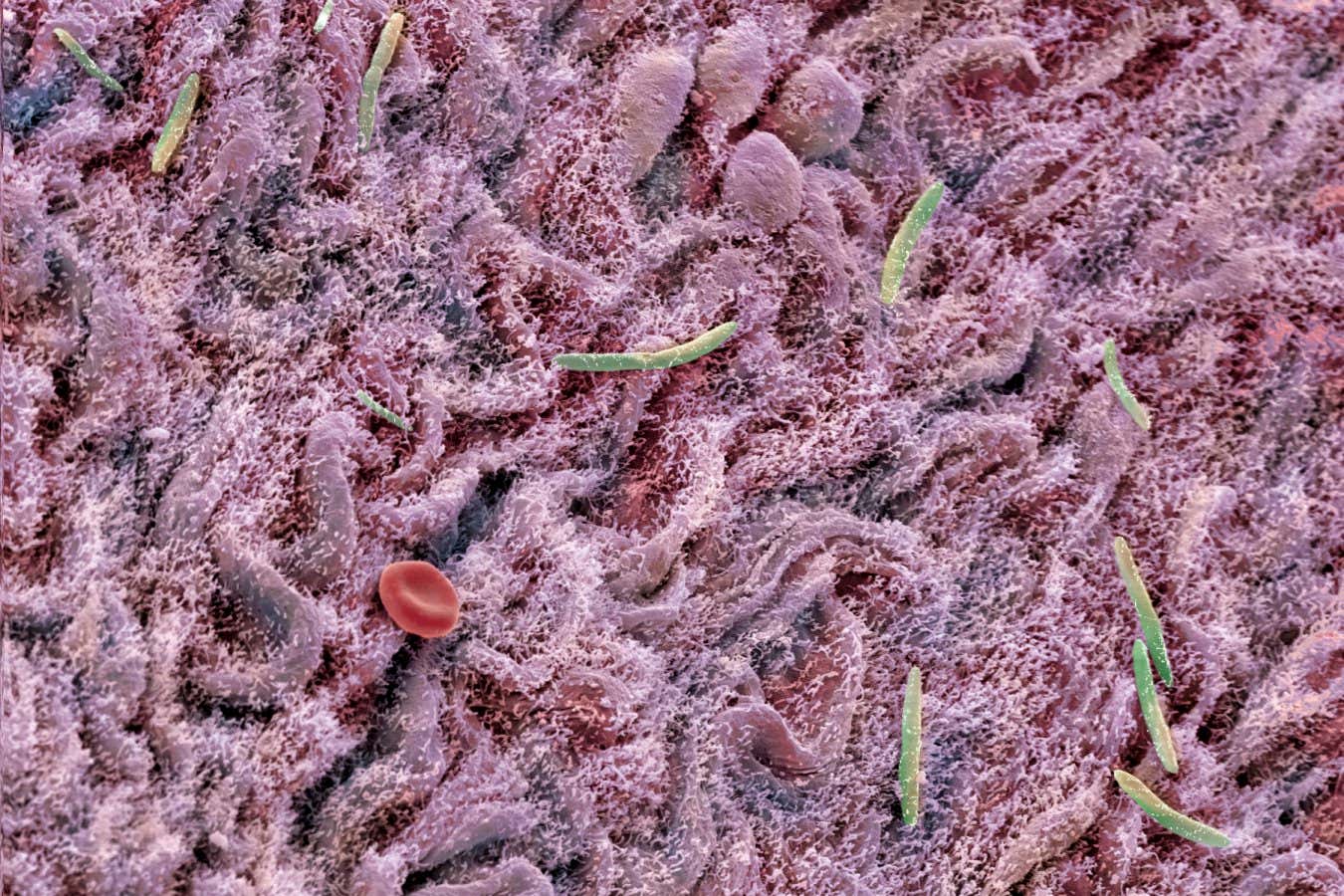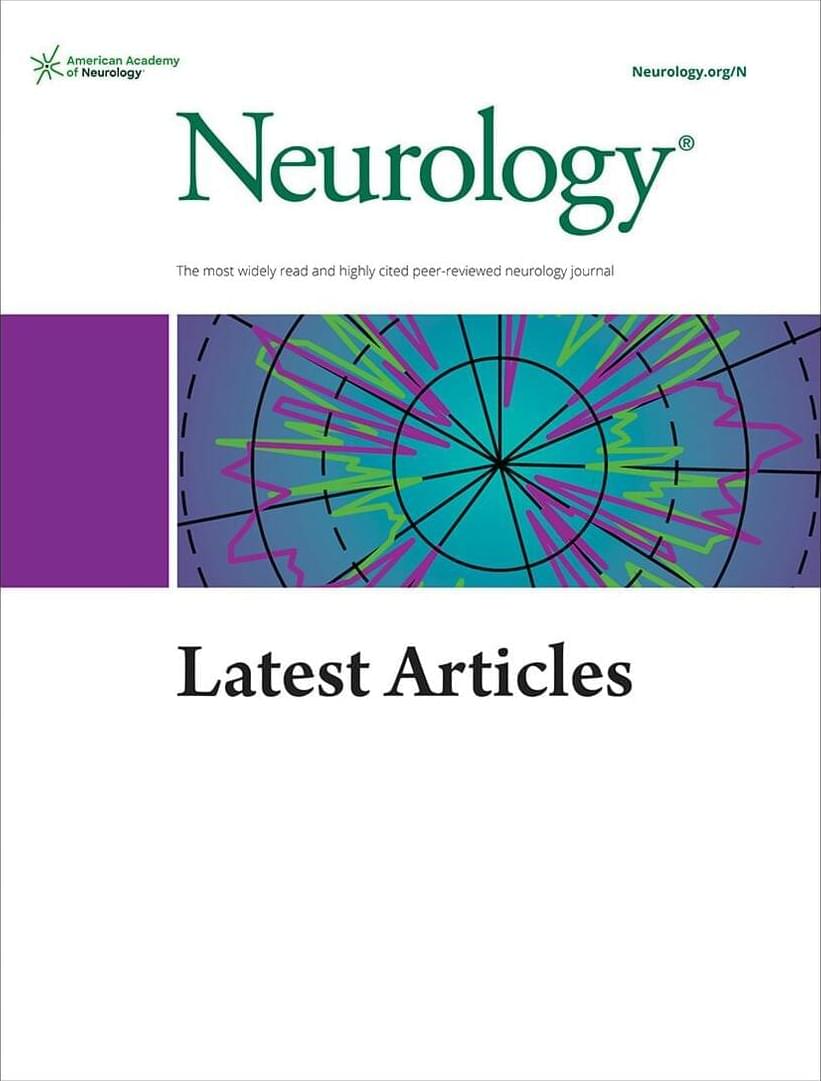Antimicrobial resistance (AMR) presents a serious challenge in today’s world. The use of antimicrobials (AMU) significantly contributes to the emergence and spread of resistant bacteria. Companion animals gain recognition as potential reservoirs and vectors for transmitting resistant microorganisms to both humans and other animals. The full extent of this transmission remains unclear, which is particularly concerning given the substantial and growing number of households with companion animals. This situation highlights critical knowledge gaps in our understanding of risk factors and transmission pathways for AMR transfer between companion animals and humans. Moreover, there’s a significant lack of information regarding AMU in everyday veterinary practices for companion animals. The exploration and development of alternative therapeutic approaches to antimicrobial treatments of companion animals also represents a research priority. To address these pressing issues, this Reprint aims to compile and disseminate crucial additional knowledge. It serves as a platform for relevant research studies and reviews, shedding light on the complex interplay between AMU, AMR, and the role of companion animals in this global health challenge. This Reprint is especially addressed to companion animal veterinary practitioners as well as all researchers working on the field of AMR in both animals and humans, from a One Health perspective.









